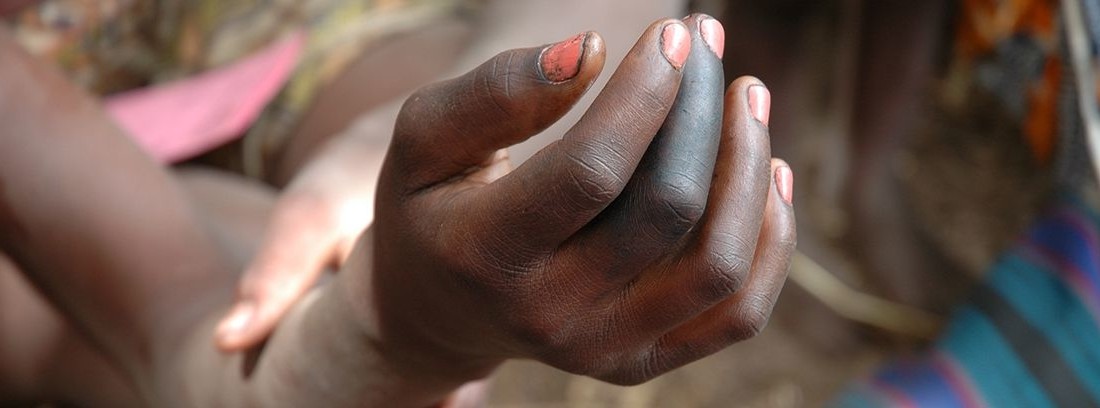What is gangrene and what causes it?
 | Gangrene is the death of tissue due to a lack of blood supply or a serious infection by bacteria. It usually affects the extremities, although it can also occur in other muscle groups or in the viscera.
| Gangrene is the death of tissue due to a lack of blood supply or a serious infection by bacteria. It usually affects the extremities, although it can also occur in other muscle groups or in the viscera.When you suffer gangrene the skin undergoes color changes, swells evenly or with blisters, the difference between the affected area and the healthy one is very marked, there is Intense pain and wounds can secrete purulent fluid. If the infection progresses, a septic shock, a multi-organ failure due to infection in which hypotension, high fever, tachycardia, respiratory distress, drowsiness occur and can produce a coma and being fatal.
There are different types of gangrene depending on your presentation:
Symptoms to identify gangrene
The diagnosis is based on the patient clinic and the background traumatic or surgical, as well as predisposing risk factors.
(Updated at Apr 14 / 2024)